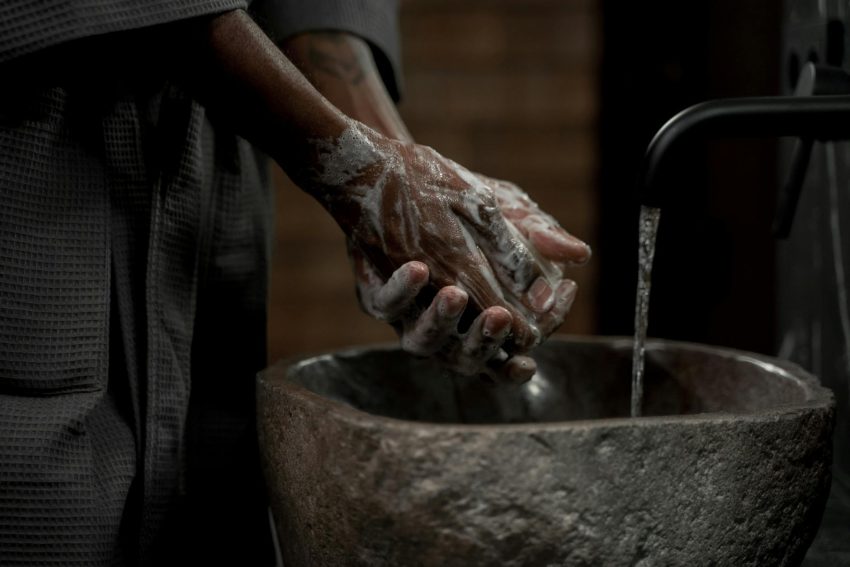Ever taken a sip of water and wondered, “What’s actually in this stuff?” Yeah, me too. It’s a little unsettling to think about, right? Water is essential for life, but the quality of what flows from our taps can sometimes be questionable. Since we’re all about promoting good health and a cleaner environment, let’s dive into how you can test your water right at home. Spoiler alert: It’s easier than you might think!
First off, let’s talk about why you’d even want to check your water. Imagine that you’re sipping on a glass of water after a long day. Refreshing, right? Now, picture finding out that it has contaminants like lead or bacteria lurking in it. Yikes! Testing your water gives you peace of mind, and it’s a step in the right direction for your health.
So, how do you go about testing? There are a couple of options here:
- DIY Test Kits: These are super handy and can be found at most hardware stores or online. They usually come with easy-to-follow instructions. Just fill a sample bottle, dip a test strip, and wait for the magic to happen. Voila!
- Sending Samples to Labs: For those who want a more in-depth analysis, you can send samples to a lab. It might take a bit longer, but they’ll provide a detailed report on your water quality.
Okay, here’s where it gets interesting. Have you ever thought about how the source of your water affects its quality? If you’re on a private well, you might want to test more frequently, because, let’s be honest, those wells can pick up all sorts of nasty stuff from the surrounding soil. On the other hand, if you’re on a municipal supply, you can often find annual water quality reports online. It’s like your town’s report card—definitely worth a peek!
But wait, there’s more! Testing isn’t just a one-and-done thing. Water quality can change with seasons, weather, or even construction in your area. Let’s say your neighbor decides to do some renovations. Suddenly, your water has a weird taste. That’s a sign to grab that test kit again!
And how about the results? You might see terms like pH, total dissolved solids (TDS), and heavy metals. They can sound intimidating, but don’t let that scare you. If you’re unsure about what the numbers mean, there are plenty of resources (including us!) that can help you decode the findings. And hey, if you find something concerning, don’t panic! There are solutions, whether it’s filtering your water or reaching out to local health departments.
In a world where it’s easy to take things for granted, it’s super important to be proactive about what we consume. We wouldn’t eat food that looks questionable; water deserves the same scrutiny! So, grab a test kit, channel your inner scientist, and get to it. Your body will thank you.
